
If you want to add a few trees to your landscaping, you might feel overwhelmed by the sheer number of options. One of the first decisions you need to make is between evergreen or deciduous trees. Both types of tree offer benefits and challenges, but one will be more likely to fit each of the locations where you would want a tree. Often, the best solution is a combination of deciduous and evergreen trees in strategic locations throughout your yard. As with everything else in landscaping, it’s important to first be aware of what you hope to achieve with the project. Ask yourself the following questions:
Do I want trees that provide shade and lower my cooling costs in the summer and heating costs in the winter? If so, deciduous trees, placed close to your home, are often the best choice. Evergreen trees will provide shade during the summer, but they won’t let the additional light in that you want during the winter to lower your heating bill.
Do I want trees that stay pretty much the same all year? The main difference between deciduous and evergreen trees lies in their foliage. When you think of beautifully colored red and yellow leaves falling in autumn, you’re thinking of deciduous trees. Evergreen needles and leaves do drop, but not all at once, so they maintain their shape and color throughout the year.
Would I rather clean up all of a tree’s leaves at once or do a small but steady amount of maintenance throughout the year? Evergreen trees will drop a few leaves at a time all throughout the year. The tree is never entirely bare but it is not without maintenance either. Deciduous trees will drop their leaves all at once but will typically be neat throughout the spring, summer, and fall months.
Is privacy a major concern? If a tree’s (or very large shrub) function is to provide privacy from very close neighbors, the best kind of tree to use is evergreen. If privacy is a major concern for you in the warm months, it likely will be in the winter months as well so an evergreen tree would be a better choice for these applications.
Am I hoping to add seasonal color to my yard? The leaves of deciduous trees turn gold, orange, and red in the fall. Many varieties of deciduous trees also flower in the spring and summer. The downside, of course, is that they lose their leaves in the winter. This can allow for a more dynamic, interesting, and colorful garden (and one that can attract song birds), but you may not love the look of bare trees for two to three months.
Before making your final decision, it’s a good idea to clarify any misconceptions you might have about the difference between deciduous and evergreen trees. For example, not all evergreen trees have that “Christmas tree” appearance. Our oak trees in California have leaves all year round. They drop leaves all throughout the year but you can enjoy its foliage year-round, and while having a tree that looks nothing like a conifer.
Another misconception is that deciduous trees cause more mess and work than evergreen trees. While it is true that they do drop their leaves in the fall, leading to a lot of raking all at once, evergreen trees drop needles or leaves and often pine cones or seeds all throughout the year. Which type of mess you’d rather clean up is really more of a personal choice.
Most often, the best choice is to include both deciduous and evergreen trees in your landscaping. It is wonderful to get the color and interest (and energy benefits) from a number of deciduous trees but we also like to balance that by including some evergreen trees so the winter does not look too bare. We carry a full line of both types of tree in our nursery. Stop by for a visit, and we’ll be happy to help you select the right trees to fit your needs.

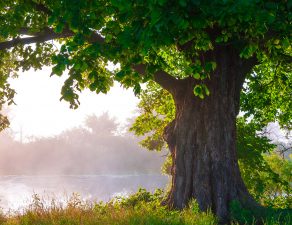
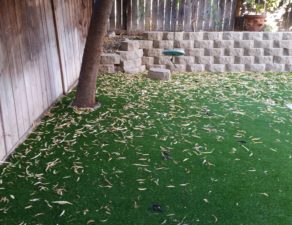
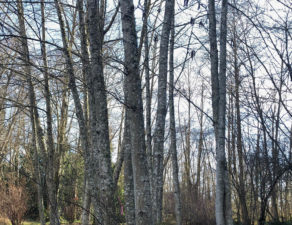
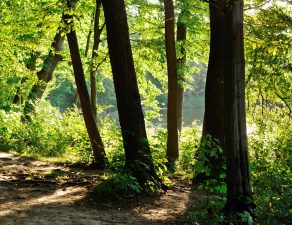
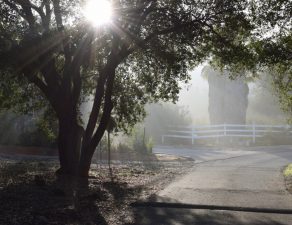
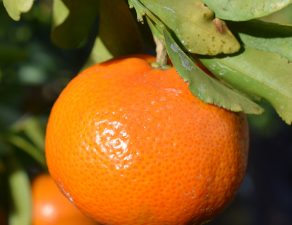
Write a comment: